What happened?
Unleaded Kids submitted comments to EPA’s proposed improvements to its Lead and Copper Rule (LCR) on February 5. We enthusiastically support the proposal. If finalized as proposed, the rule should virtually eliminate the estimated 9.2 million lead service lines (LSLs) from our public water systems with the vast majority replaced by 2037. This would be a major achievement in the effort to reduce children’s and adult’s exposure to lead in drinking water.
Let’s start with the best aspects of the rule and then areas for improvement. See the comment for details.
Best Parts
- Ensuring the estimated socioeconomic benefits of the rule include: 1) reduced deaths from cardiovascular disease (CVD) from adult exposure to lead; 2) fewer cases of Attention-Deficit/Hyperactivity Disorder (ADHD) from early childhood exposure to lead; and 3) fewer cases of babies born with low birth weight from exposure to lead during the pregnancy. As a result, the socioeconomic benefits from the proposed rule vastly outweigh the cost and range from $17.3 to $34.8 billion per year—a whopping 8 to 12 times the annual cost of replacement.
- Requiring replacement of all LSLs as an integral part of a safe drinking water compliance program instead of as a last resort when the lead action level is exceeded. By uncoupling full LSL replacement from lead action level exceedances, Americans can have real hope that they will not be drinking water through a lead pipe.
- Refining the public notice and transparency provisions based on feedback from impacted communities. These improvements enable communities to better track progress, identify problems, and more effectively engage in helping the water system succeed. As a result, water systems are more likely to comply with the rule.
- Basing water systems responsibility to fully replace LSLs on their control of the service line instead of ownership and then defining control based on access. This change addresses problems that have plagued LSL replacement since the 1990s by enabling water systems to simply redirect responsibility to their customers to address safe drinking water concerns with LSLs on private property.
- Fixing various implementation challenges so that the water systems would have significant incentives to replace LSLs, lead connectors, and service lines that are galvanized requiring replacement (GRR). When incentives are properly aligned, water systems and customers have greater reason to replace LSLs in a cost-effective manner.
Areas that EPA Needs to Improve
- Ownership of the line is not relevant to the definition of a “service line.”
- Criteria is needed to determine a water system’s “access” to a service line. The proposal only obligates water systems to replace LSLs they have “access” to, without providing criteria to establish LSLs on privately owned land as within their umbrella of access. The ambiguity is likely to undermine the goal of the proposal. See our blog on the issue.
- Annual LSL replacement rate mandates for the handful of water systems with large numbers of LSLs should be capped at 10,000 per year. Unlike most major infrastructure projects such as installing a water treatment plant, replacing LSLs is completely scalable; each additional crew can increase the number of LSLs replaced. The only limit is finding crews to do the work—a situation that will change based on local conditions and time. Rather than create an exemption in the rule for the handful of water systems with large numbers, EPA should use a variance or consent decree.
- If water systems are allowed more than 10-years because they have a high percentage of LSLs, the replacement rate should be based on service lines, not households. The proposed deferral for water systems with more than 39% of their total number of households served by LSLs should be based on the number of service lines, not households. Determining the number of households served by a water system with confidence is difficult, even under the best of circumstances. Since the number of service lines is an essential part of the inventory, relying on the number of service lines would simplify compliance assurance and enforcement.
- The lead action level should be 5 parts per billion not 10 ppb. A lead action level of 10 ppb often implies to the water system, their customers, and the public that that 10 ppb is somehow safe or without hazard and that no further action is needed. EPA should reduce the lead action level to 5 ppb to improve public education efforts and, thereby, increase public participation.
Next Steps for EPA
EPA is committed to finalizing the improvements by October 2024, a very tight deadline for rulemaking. We think it is critical for the agency to fulfill this commitment.
